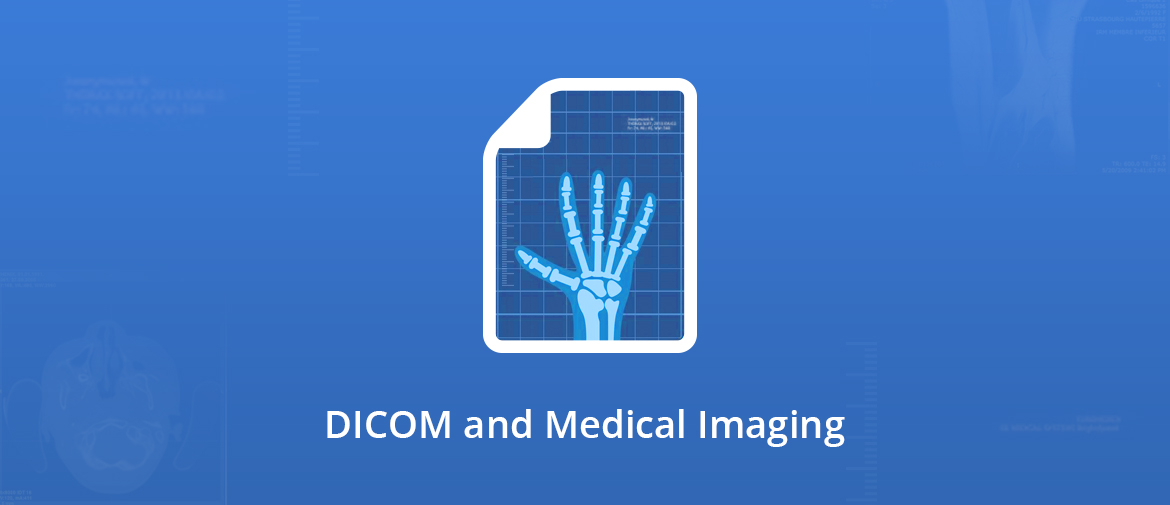Hi folks,
“We interrupt our usual program for a breaking news special edition,” TV channels use to say when some important event bursts out (some really bad events in most cases).
Well, today we are going to make the same announcement, except we bring you some good news.
Doctors and patients alike (in other words, all of us) will very soon have at disposal a new powerful and simple to use, ORPALIS-style handy tool, the ORPALIS DICOM Viewer.
For now, a new specialized feature for our GdPicture.NET toolkit suite, the DICOM Image Reader plugin was just released and is available for developers.
But let us tell you in a nutshell what this is all about.
In our article about TWAIN, we’ve mentioned the general principle by which the need for standardization always gets to defeat the “ego” of any equipment producer.
So no wonder that besides well-known common-use standards surrounding us everywhere, there are also domain-specific technical standards like, for example, MIDI in music or TCP/IP in networking.
Similarly, medical imaging has its own norms uniforming technical criteria, all of them being unified under the name DICOM (actually an interesting common point for TCP/IP and DICOM is that both standards have military origins, which might be surprising considering that DICOM is about medicine).
DICOM (Digital Imaging and COmmunications in Medicine) is a set of standards which regulates all aspects of handling the medical-imaging digital information and is used in medical specialties (like radiology, cardiology, radiotherapy, oncology, ophthalmology, neurology, pneumology, surgery and so forth) as well as in dentistry and veterinary.
Among these standards, one of them describes a particular image file format (having either extension such as .dc3, .dcm, .dic, or even having no extension at all) and requires a specialized viewer for display.
OK, so now you will ask why doctors don’t just use the plentifulness of widespread raster image formats instead of using an esoteric format of their own for their X-ray, ultrasound, fluoroscopy, magnetic resonance, computed tomography, and other scary voodoo stuff they make to see what’s inside us.
Well, the answer is simple: they have to.
Medical images aren’t just some photos; they also need to be most rigorously contextualized.
For example, a photo of a finger is just a picture of a finger for us commoners. But if a doctor has to see it for a medical investigation he needs to know which finger is it exactly, from which hand as well as information about the patient (name, gender, age, antecedents, etc.). He also needs other relevant and must-have pieces of information to keep track of the patient’s medical history.
And the finger is just a forced, trivial example we’ve especially used to impact on understanding when compared to, say, a computed tomographic angiography of a zone of the heart.
So perhaps now it starts sounding obvious to you why DICOM format has to include a “Reference Coordinates System” as means for spatial orientation: the image has to be fully comprehensible from the medical science point of view.
To explain another particularity of the DICOM file format standard, let’s get back to the finger example and suppose the photo has some color variations because of, say, the settings of the camera.
Nothing to bother for most of us, but for a doctor, an altered color might just be the mark of an important symptom.
Again we have deliberately used a forced example to ease understanding that color variation has a similar counterpart in grayscale images’ significance.
In real life doctors are mainly dealing with grayscale images from either light-emitting computer screens, transmissive films or light-reflecting prints and any given nuance of gray is related to a certain optical density, which is important in image interpretation.
So to provide identical grayscale images, DICOM also includes a Grayscale Standard Display Function; color images have no display uniformization standard as medical images are for the vast majority of cases artificially colored.
To the above short explanations and the importance of a highly specialized-metadata structure and you will start getting a pretty clear idea on the reasons why DICOM has to be so particular compared to common image file formats.
Well, we hope this (far from complete) article shed some light on DICOM image format’s reasons to be and its importance.
So whenever you will need to view, annotate, or convert DICOM image files or if you need to create an application doing that, no matter if you’re a doctor or not, our prescription is to use our products as frequently as possible.
Please note that abusing their use will do you no harm.
See you next week, folks!
Bogdan
